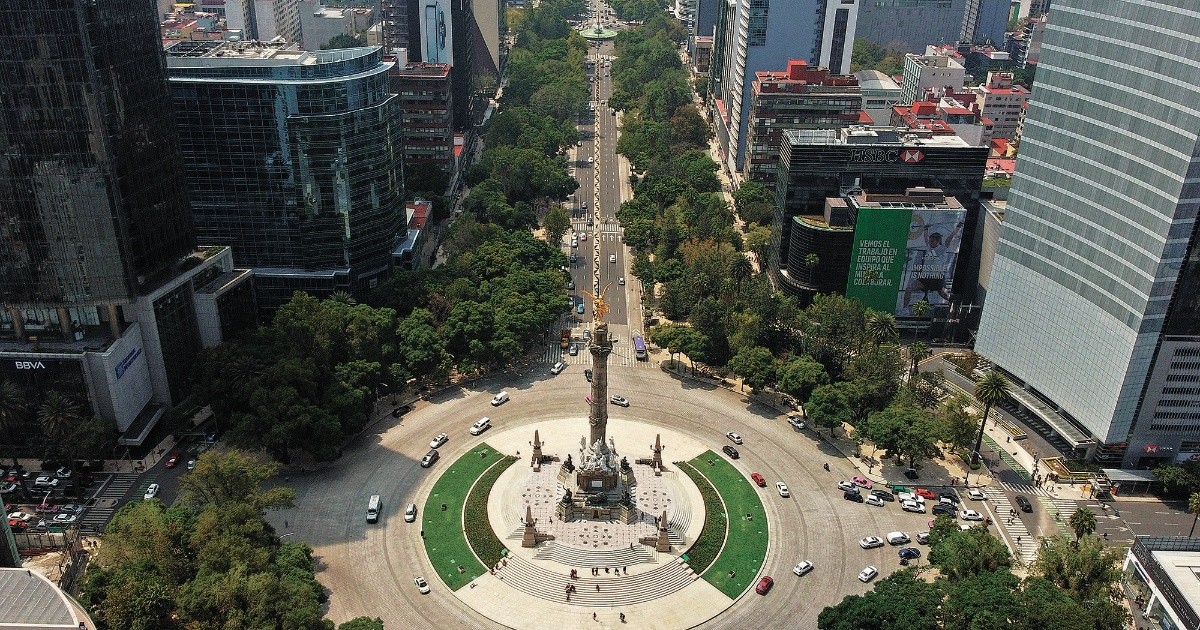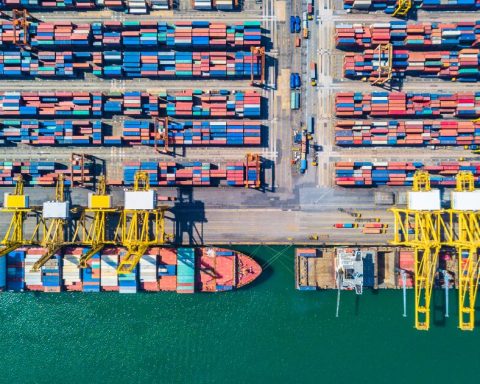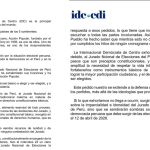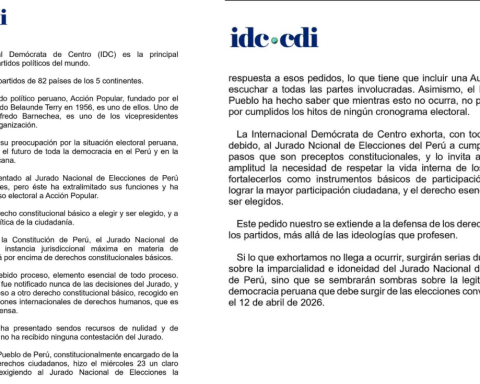The Mexican economy shows “encouraging signs”, indicated the Mexican Institute of Finance Executives (IMEF) when interpreting their forward measurements of key indicators of manufacturing production, consumption, and services.
The IMEF Manufacturing Indicator for March registered a rebound of 1.2 points compared to February 2022, standing at 52.3 units, already accumulating two months in expansion zoneafter falling below this threshold in January.
The IMEF Indicator varies in a range from 0 to 100 points and the level of 50 points represents the threshold between a expansion (greater than 50) and a contraction (less than 50), of economic activity.
During March, the indicator Non-Manufacturing IMEF it increased 1.7 points, to settle at 52.8 units, again above the threshold of 50 units.
The IMEF highlighted that the figures of the Indicator Manufacturing IMEF and Non-Manufacturing registered a general upturn during the month of March.
“This result, together with that of February, advances a dynamic closing in the economic activity of the first quarter of 2022. Although the economic situation continues to be complex, the greater mobility and opening of businesses in the face of the drop in infections by Covid-19 they suggest a good start to the year for the economy,” he said in his monthly report.
Two years after the start of the deadliest pandemic in the last hundred years, the world was preparing to return to normal. However, it is now on the 37th day since Russia began the invasion of Ukraine.
“The war is having very unfortunate consequences with the loss of countless lives, great suffering and physical destruction. The democratic world has condemned the president’s actions Vladimir Putin and in the face of the nuclear threat, the initial response has been limited to an unprecedented series of economic sanctions from both governments and private initiative”, the IMEF contextualized.
These sanctions have economically and financially disconnected Russiaas well as some other related countries.
In this sense, great uncertainty prevails on many aspects. One of them is what will be the short, medium and long-term economic impact of this schism in the world order.
Until now, the transmission channels of the conflict towards the global economy have been the rebalancing of investment portfolios towards safer assets and the increase in the prices of various raw materials, mainly oil and grains, which are listed on the futures markets, which are the main export products of Russia and Ukraine.
However, added the IMEF, the war is also exacerbating the increase in the prices of other raw materials and other products and services.
This is due to the expectation that the supply chain disruptions that we have been causing since the pandemic will last longer or even deteriorate further.
Likewise, this could cause higher and persistent inflation rates, as well as eventually lead to a significant slowdown in economic growth.

















